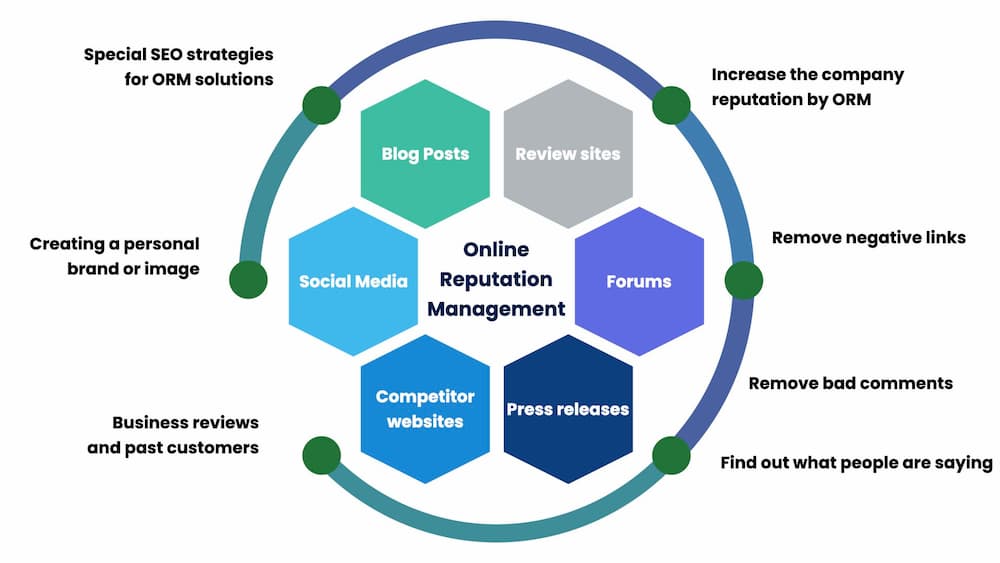Introducing the Unconventional Mediums in Google Analytics Beyond Default Setups
In the realm of digital analytics, Google Analytics stands as a foundation for services seeking to recognize their on-line presence. By venturing beyond the surface and diving into the intricacies of social media data, e-mail campaign performance, recommendation website traffic sources, direct traffic patterns, and custom network groups, a treasure chest of information waits for those prepared to accept an extra nuanced approach.

Leveraging Social Media Insights
Periodically overlooked, yet exceptionally important, is the technique of leveraging social networks understandings within the world of Google Analytics. By incorporating data from systems like Facebook, Twitter, Instagram, and LinkedIn right into Google Analytics, businesses can gain a much deeper understanding of their audience and the effectiveness of their social media campaigns.
Via this combination, online marketers can examine and track individual habits on their web site that stems from social media platforms. They can determine which social media networks are driving the most traffic, which material is reverberating with the target market, and which projects are transforming the most leads. This insight allows for data-driven decisions to enhance social networks methods and enhance total advertising performance.
Furthermore, by integrating social media sites understandings with Google Analytics, organizations can produce a lot more targeted and personalized projects - what is not considered a default medium in google analytics. They can use market details, passions, and online actions collected from social networks to refine their audience division and supply customized messages that reverberate with certain customer teams. This targeted approach can result in higher engagement, increased conversions, and ultimately, boosted roi
Revealing Email Campaign Performance
Revealing Email Campaign Performance includes analyzing essential metrics and efficiency indications to assess the efficiency of e-mail marketing efforts. When diving right into email campaign performance, it is critical to assess metrics such as open rates, click-through prices, conversion prices, and unsubscribe rates. By analyzing these metrics, marketers can adjust their email campaigns for better engagement and efficiency.
Analyzing Recommendation Traffic Resources
After assessing the efficiency of e-mail campaigns through essential metrics such as open rates and conversion rates, the following critical action is analyzing reference web traffic resources in Google Analytics to comprehend where internet site site visitors are originating from and how they engage with the website. Reference website traffic resources refer to the websites that direct users to your website through clickable links. By delving right into this information, organizations can obtain understandings right into which external platforms are driving traffic to their site, whether it be social media platforms, companion websites, or online directory sites.
It helps businesses identify high-performing recommendation resources that contribute dramatically to site traffic and conversions. Google Analytics supplies comprehensive records on reference traffic, enabling companies to track the efficiency of each reference source precisely and make data-driven choices to boost their on the internet visibility.
Discovering Direct Traffic Patterns
Checking out the direct web traffic patterns in Google Analytics gives beneficial insights into user habits and the efficiency of projects - what is not considered a default medium in google analytics. Straight web traffic describes site visitors who arrive on an internet site by straight inputting the link right into their internet browser, utilizing book markings, or clicking untagged links. Comprehending direct traffic patterns can help marketing professionals examine the effect of offline advertising and marketing efforts, brand acknowledgment, and the performance of word-of-mouth references
By diving into direct traffic information, organizations can reveal vital details regarding customer intent and brand loyalty. Analyzing the actions of straight visitors, such as the pages they see, the moment visit the site invested in site, and the conversion price, can supply a deeper understanding of individual interaction and the overall performance of the web site in converting site visitors right into customers.
Moreover, tracking straight web traffic patterns over time permits companies to determine trends, seasonality results, and the success of certain campaigns or promos in driving direct brows through. This info can then be utilized to refine advertising and marketing techniques, optimize internet site web content, and improve the total individual experience to take full advantage of conversions.
Utilizing Custom-made Channel Groupings
Using custom network groupings in Google Analytics enables organizations to categorize and evaluate their internet site traffic based upon specific requirements, giving important understandings for optimizing advertising approaches. Customized network groupings allow firms to produce their very own tailored groupings of traffic sources, such as social networks, natural search, e-mail campaigns, and recommendation web traffic. By specifying these groupings, companies can get a much deeper understanding of how different advertising networks add to their internet site web traffic and conversions.
This feature is especially beneficial for organizations this with varied marketing techniques across different systems. A business running both paid and organic social media campaigns can distinguish between the two to evaluate their private performance accurately. Additionally, customized channel groupings can help identify any kind of forgotten or undervalued site web web traffic resources that may be driving valuable engagement.
Verdict

By venturing beyond the surface area and diving into the ins and outs of social media information, e-mail project performance, reference website traffic sources, direct website traffic patterns, and custom network groupings, a prize trove of details waits for those ready to accept a much more nuanced method. They can determine which social media channels are driving the most traffic, which material is reverberating with the target market, and which campaigns are transforming the most leads.After assessing the efficiency of e-mail projects through vital metrics such as open rates and conversion prices, the next important step is examining reference website traffic sources in Google Analytics to comprehend where site site visitors are coming from and how they connect with the site. Custom-made channel groups make it possible for business to develop their very own customized groupings of traffic sources, such as social media, organic search, email campaigns, and reference web traffic. By leveraging social media understandings, revealing email campaign performance, analyzing referral traffic resources, checking out direct traffic patterns, and utilizing custom channel groupings, marketing professionals can get useful insights into their online visibility.